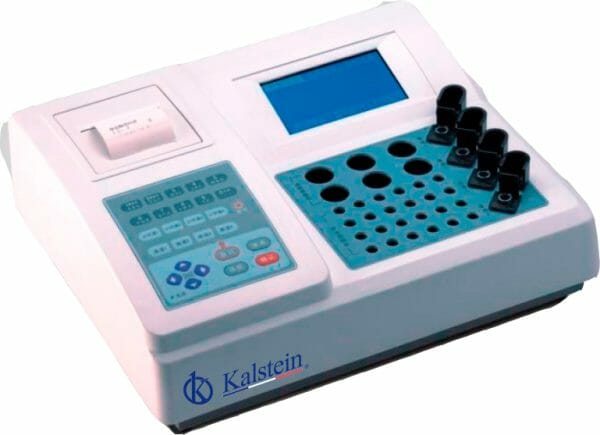The blood clotting test is an important area in laboratory tests for diagnosing diseases. Blood clotting tests are done to check the ability of blood clots to form. In this sense, chemical reagents play a fundamental role, since they allow evaluating each stage of blood coagulation. For example, they are used to measure the time from application of tissue factor to the start of clotting as well as the direction of clots.
Chemical reagents are divided into two main groups: reagents for hematological tests and reagents for coagulation tests. Hematology reagents are used to evaluate the amount and sizes of the different elements that make up the blood, such as red blood cells, white blood cells, platelets, and hemoglobin. In this sense, these reagents can be added to the blood sample directly or prepared as a solution of reagents.
What are blood clotting test reagents?
Coagulation test reagents are used to measure the ability of blood to form clots. These reagents include cationic compounds, such as palladium chloride, cobalt, magnesium, and iron, as well as compounds that induce clotting. Chemical reagents are added to the blood to measure the clotting time of a sample as well as the stability of clots. Most chemical reagents are applied as a solution because they dissolve in distilled water and are added to the desired volume of blood.
The reagents used in the examination of blood clotting have many practical applications. For example, they can be used to detect alterations in blood coagulation parameters in patients with any health condition, such as deep vein thrombosis, hemorrhagic disease, or anemia. These tests can distinguish between causes of clotting disorders.
Among these disorders are deficiency of clotting factors; chronic bleeding; blood flow abnormalities; autoimmune diseases; thrombotic and other diseases. These tests are widely used in the hospital and emergency departments to help doctors make an accurate diagnosis of bleeding disorders and to determine whether specific therapies or drugs are appropriate.
What other practical uses do chemical reagents have?
On the other hand, chemical reagents are also used to implement safety areas in blood donation processes. Chemical reagents are applied before blood goes to the blood banks to ensure that each donated unit does not contain any infection or disease. Recent studies show that these reagents can also detect the presence of harmful proteins in the blood, such as antibodies to infectious diseases. This helps keep blood banks safer for both donors and recipients.
Finally, chemical reagents are also used for educational purposes, through the use of thematic plans. Teachers use the reagents so that students experiment with the reaction of different chemical elements with others. This allows students to have a better understanding of the chemical processes as well as the basic principles of coagulation. These practices are also useful in preparing students to work in a lab.
In conclusion, chemical reagents are widely found in the examination of blood coagulation. These reagents can be used to detect alterations in coagulation parameters as well as for educational and safety purposes in blood banks. Chemical reagents are an invaluable tool for the proper diagnosis of coagulation disorders, as well as to ensure the safety of blood donors.
Kalstein devices to measure blood clotting
Kalstein has on sale, is found the coagulation analyser, which as seen, is an important parameter in blood tests. This equipment has as outstanding characteristics its low reagent consumption, less than 20 microliters and precise temperature control in 37 degrees throughout the measurement. In the links HERE.


